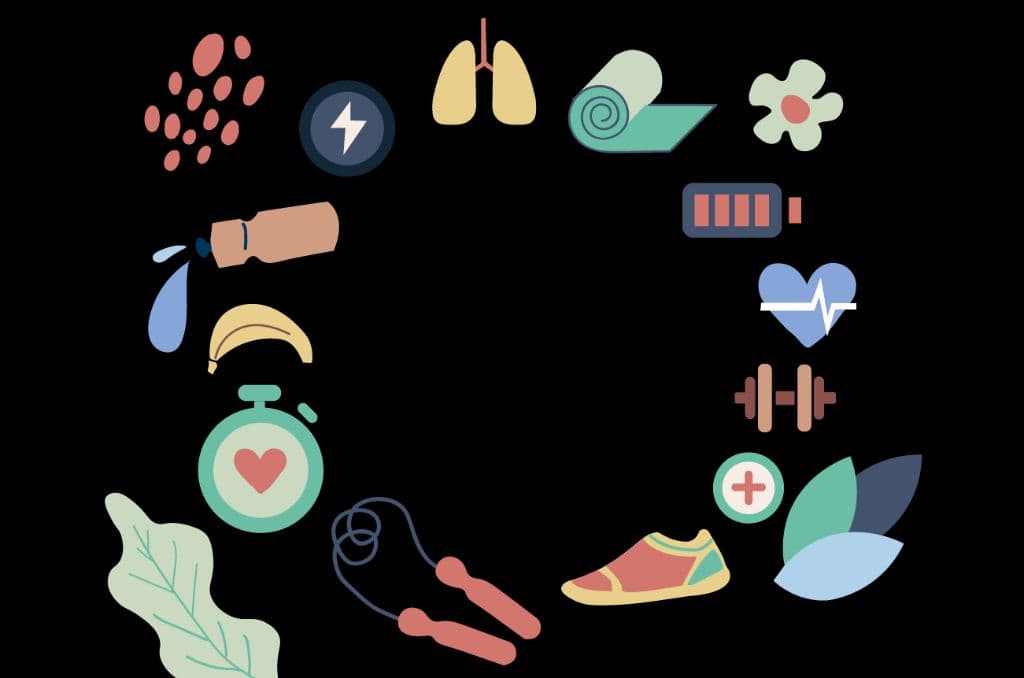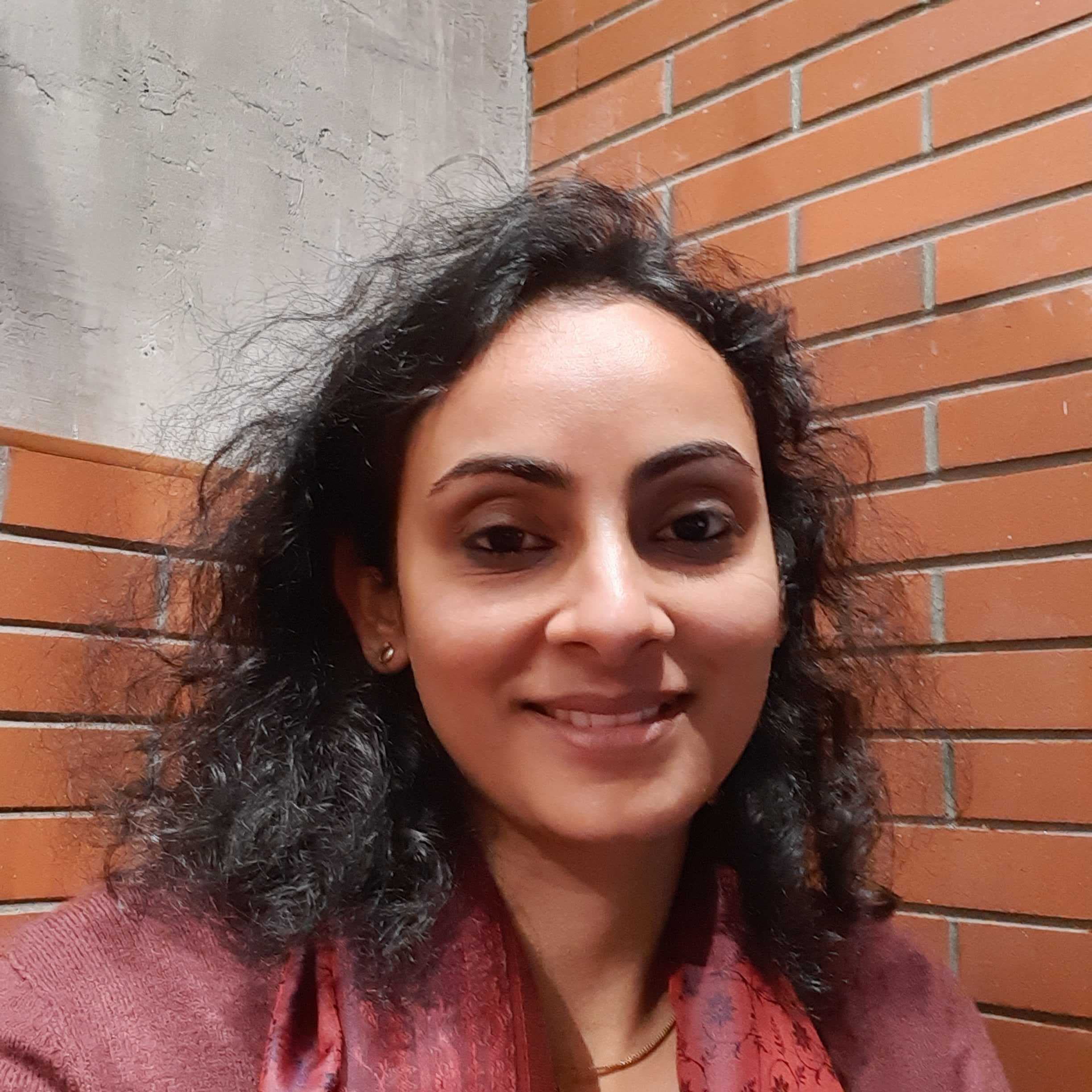This blog has been written by Dr. Kirti Singh and compiled by Mujtaba Ahmed. LinkedIn :www.linkedin.com/in/mujtaba-ahmed-41801b166
The neck is a tender and complex part of our body. Lifestyle and professions revolving around technology require us to sit crouching before a television, laptop or desktop for long durations, causing strain in our neck muscles causing neck pain. It may also happen due to deshaped uncomfortable mattresses or pillows or rough nights of sleep.
About two-thirds of people will experience neck pain at some time. The chances of experiencing neck aches go higher among the middle aged people and is usually greater in WOMEN.
Types:
1. Acute and Chronic:
Acute pains are sudden and last less than 4 weeks
Chronic pains are developed gradually and last 3 months or more.
2. Axial and Radicular pain:
Axial neck pain is felt at the back end of the neck muscles and can radiate to the shoulder regions. Also people feel a soreness in the neck muscles.
Radicular neck pain known as Cervical Radiculopathy is felt in the neck radiating to the arms, accompanied by numbness and tingling in hands and fingers and in some cases weakness and loss of reflexes in the arms and legs.
Causes:
- Bad posture
- Wear and tear of the muscles and ligaments in the neck from injuries like occupational or sporting injuries.
- Whiplash: This is a neck injury to rapid-forceful movement of the neck which usually happens in road traffic or sporting accidents.
- Slipped disc: When the spinal discs in your spine fall out of place, this causes severe pain.
- Inflammation: The neck can get swollen due to infections and injuries.
- Degenerative factors (spondylosis): This condition causes the spinal discs to degenerate, because of their wear and tear, with age.
- Malignant conditions: At times continuous pain in the neck region can be a sign of head or neck cancer.
Many times it's difficult to diagnose because bones, tendons, and nerves in the cervical spine are usually too close together to be able to determine exactly what caused the symptoms in the first place.
The benefits of Yoga to combat Neck Pain
According to a scientific study, yoga was found to provide pain relief and functional improvements for people who engaged in it for at least nine weeks. With proper practice, you can learn to release any tension you’re holding in your body. Yoga may be useful in treating chronic neck pain too by relieving tension and tightness in the body. It removes all the blocks in the prana or energy flow through the body, thus makes you feel light headed and mentally relaxed.
Neck Movements Yoga Pose (Greeva Sanchalana Yoga Pose)
These series of neck movements are beneficial for the nervous system and the muscles of the neck. Along with releasing tension, heaviness and stiffness in the head, neck and shoulder region, they reduce stress and anxiety and are good for office people ,students, Tennis, Cricket and Badminton players.
Step 1- Sit with outstretched legs and hands behind the buttocks or sit cross legged with hands resting on the knees. Close the eyes.
Step 2- Forward and backward movement: inhale on moving your neck backward and exhale on moving it forward.
Step 3: Slowly move the head forward and try to touch the chin to the chest.
Step 4- Try to feel the stretch of the muscles in the front and back of the neck, and the loosening of the vertebrae in the neck. Do not strain.
Step 5- Move the neck backward and keep going till the point you're comfortable with. Repeat it in 2 sets of 10 times each.
Step 6- Move the neck upwards and downwards on both sides, sitting in the same relaxed position. Keep the shoulders relaxed too. Inhale while moving Upwards. Exhale on the Downward Movement. Do not strain. Touching your shoulder with the ears is not necessary.
Step 7- Practice turning or rotating the neck, on both sides, keep the head upright, inhale while turning to the front. Exhale while turning to the side.
Step 8- Move the head upwards and downwards or rotate the head along the neck. Inhale as the head moves up. Exhale as the head moves down. Practice relaxed, smooth, rhythmic, circular movement both clockwise and anti-clockwise
Caution: Those suffering from low blood pressure, very high blood pressure or extreme cervical spondylosis, refrain from practicing these movements.
Asanas to relieve neck pain
Practicing yoga is an excellent way to get rid of neck pain. But one must make sure to do it as long as your body is comfortable, with the right amount of tension and relaxation in the muscles. This comes with practice and being aware and listening to your body.
- Balasana (Child Pose): it reduces stress and anxiety. Practising this will relax neck and back pain while helping with mental tension.
- Natarajasana (Reclining Twist): This improves posture and releases stress from the spine, which frees the neck muscles. It stretches and tones the neck muscles, along with various other parts of the body.
- Uttanasana (Forward bend pose): This simple pose releases a lot of tension from the neck and shoulders. This also helps in relieving menopause symptoms and calming the mind.
- Virabhadrasana (Warrior 1& 2): This pose enables you to open your chest and shoulders, ultimately strengthening their muscles to provide support to your neck.
- Gomukhasana (Cow face pose): this pose lengthens your chest and shoulder muscles and ligaments, in turn ,strengthening your neck muscles for support.
- Parsva Balasana (Thread the needle pose:) Twists the spine and opens your shoulders, neck, chest and back, this pose relieves tension from all of these.
- Marjari Asana (Cat Pose): This stretches and lengthens the neck muscles, and provides flexibility to the spine. It also improves blood circulation and digestion.
- Bitilasana (cow pose): This pose stretches the chest, shoulder, triceps, and quadriceps. It makes the shoulders and arms rotate internally, which relieves tension from the neck.
- Viparita Karani Asana ( Legs-up-the-wall Pose): This Asana increases blood circulation in the upper body and rebalances it. It is really rejuvenating especially after long and stressful hours of sitting/standing.
- Utthita Trikonasana (Extended Triangle Pose) : Along with working various muscles from your lower body, this pose helps to relieve pain from your neck, upper back, and shoulders.
- Uttana Shishosana (Extended puppy pose): This pose stretches your upper back and spine and helps in relieving chronic tension from your neck and shoulders.
- Sheetali Pranayama- Usually done at the end of a yoga session, this is a breathing exercise. It cools your body by removing excessive heat and calming your nervous system. There are many more benefits of this pranayama.
- Savasana or Corpse Pose: This is practiced at the end of performing other asanas. Savasana is about staying focused, and aware of yourself amidst the surroundings. Your focus should be to relax, and you will notice every muscle in your body relaxing and easing down. Stay in Savasana for 10 minutes to relieve tension in your neck and spine.
Asanas to avoid during acute neck pain
Padangusthasana (toe stand), Dhanurasana (bow pose), ustrasana (camel pose), Paripurna Navasana (boat pose),, Adho Mukha Svanasana (downward dog pose), and other poses that require stretching of neck and shoulder region are some poses to be avoided or done with caution during acute neck pain.
PRECAUTIONS
- Perform them slowly, at ease and with awareness; while maintaining deep conscious breathing, in sync with your movements.
- Don't rush yourself into any pose with a jerk, or overstretch. Remember to follow the balance of your body and seek mild tension. While not making yourself very comfortable also, It's all about seeking the right tension in the body and feeling it.
- Don’t stop once your pain goes away, make it a way of life, and see the difference in your overall health.
- People with a severe injury, recent surgery, skeletal deformities must practice caution. Under observation.
Though neck pain is rarely a sign of a serious problem, if the pain does not get better after taking care, or if it seems to get worse, you should see a doctor for further diagnosis.
If you feel your neck pain resembles the symptoms of cervical radiculopathy, you should consult your doctor to help you in determining any underlying cause for the pain.
Disclaimer: This article is for informational purposes only and should not be construed as a substitute for medical advice or treatment. Please consult with your doctor before you think of starting with yoga if you have any pain related to your back.
We at Proactive aim at creating a world-class medical experience for Indian women and adopt gold standards in every healthcare initiative whether it’s a teleconsultation or a webinar. What sets us apart from the rest is our liberal, convenient, and holistic approach to healthcare.
Proactive for her is a digital clinic for women, offering accessible, personalized, and confidential health-care solutions. We offer products and services for out-patient health concerns of Indian women, across their lifetime - from puberty to pregnancy to menopause. To know more on the sexual and reproductive health of women, visit https://www.proactiveforher.com/

